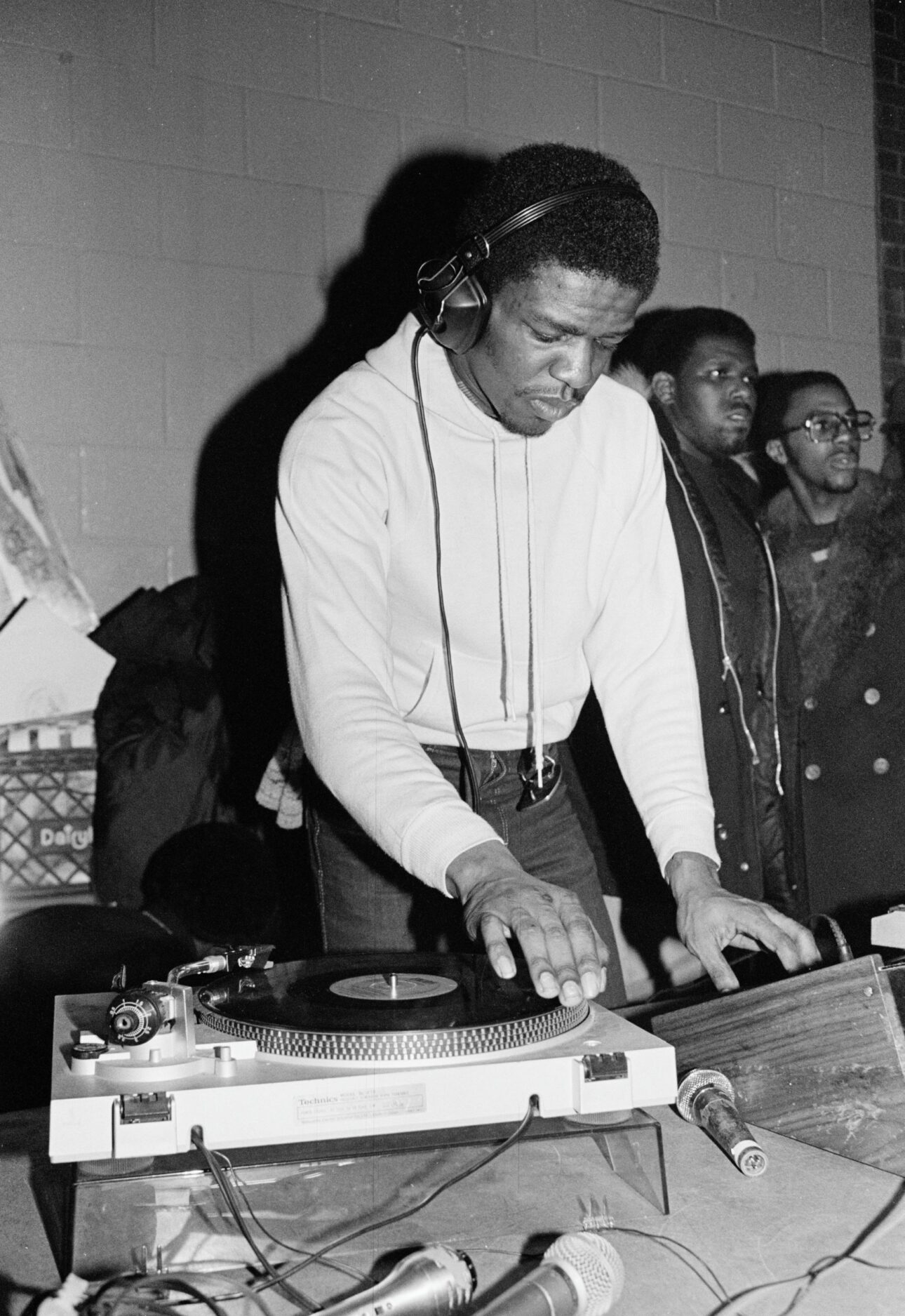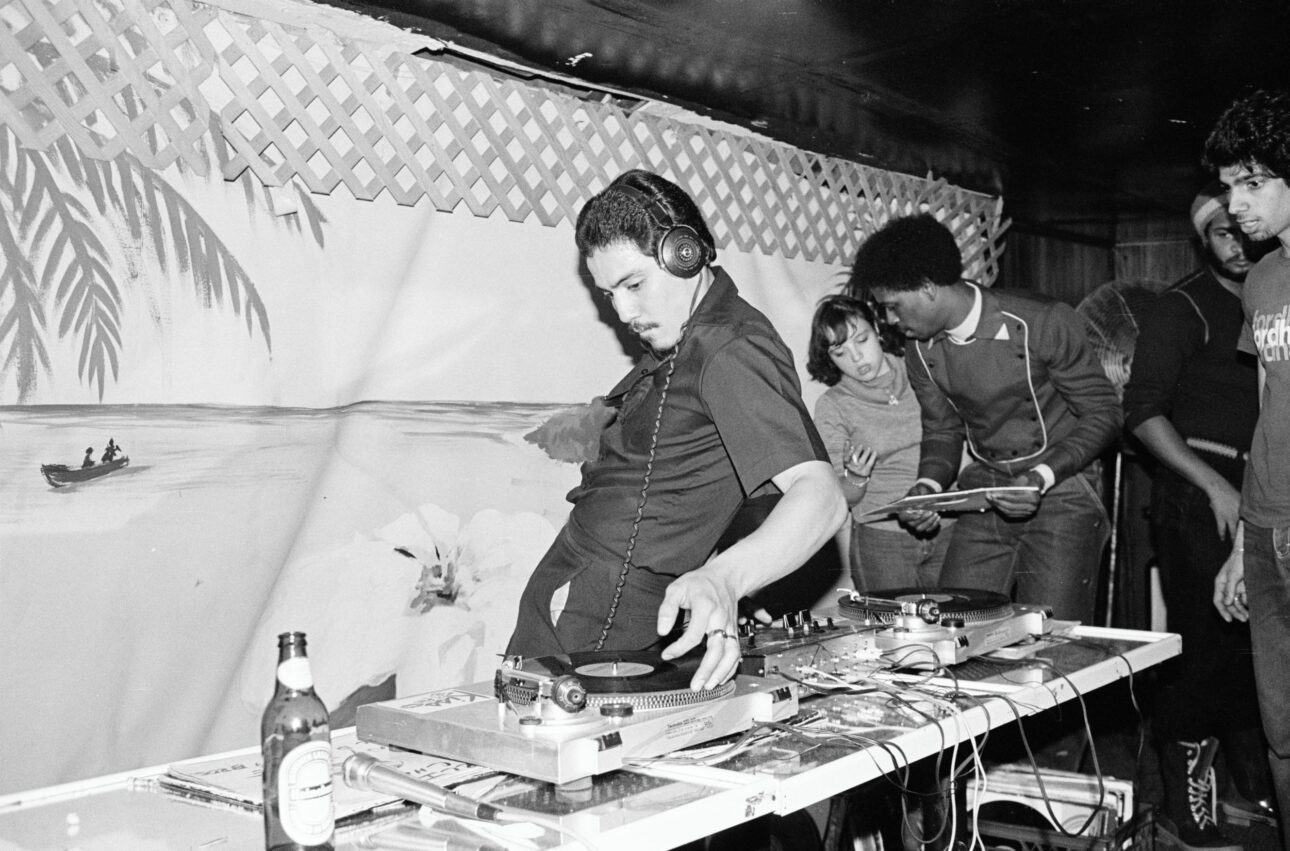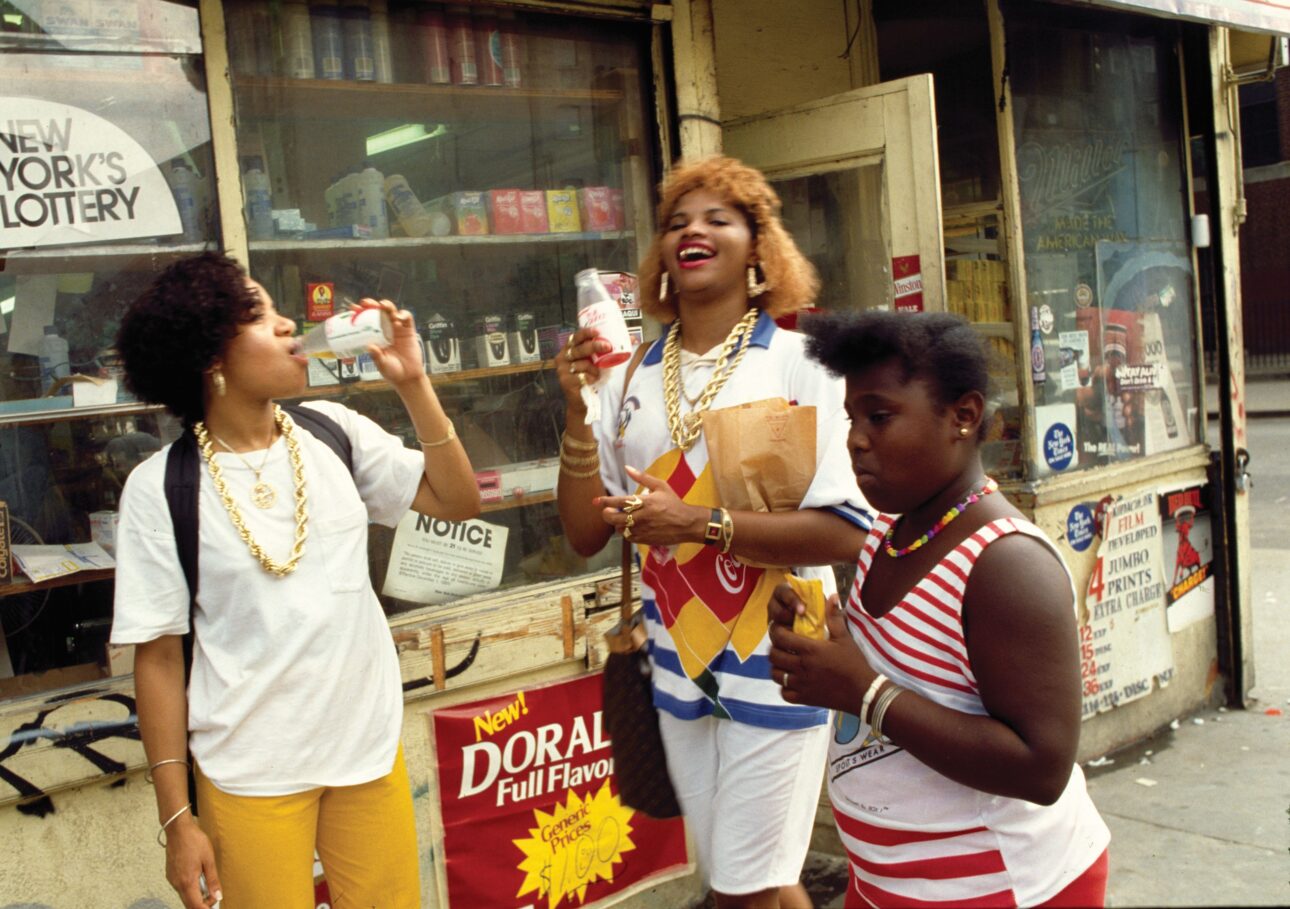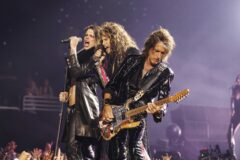As hip-hop was first blooming, with small steps, into the mainstream culture, long before it was the Earth-straddling phenomenon it became, a small cohort of photographers was capturing it in its infancy in New York City.
Joe Conzo took some of hip-hop’s first ‘baby pictures’ in the 1970s, including of early b-boys and b-girls, DJs and MCs. Glen E. Friedman, who frequented clubs like CBGB and The Annex, shot punk pioneers like Bad Brains and Minor Threat in their rawest, most kinetic forms in the 1980s and later the Beastie Boys, Public Enemy, and other eventual hip-hop juggernauts, working for Def Jam Recordings.
London-born Janette Beckman, too, photographed a plethora of future hip-hop legends, including LL COOL J, Slick Rick, EPMD, Salt-N-Peppa, and Run-DMC, many of whom used her images for their album covers. A little later on, T. Eric Monroe, a New Jersey native, found himself enveloped in the scene as a photographer for Thrasher and The Source throughout the 1990s. He was there when The Notorious B.I.G. and Tupac Shakur were just beginning to catapult to fame and was able to capture a rare image of the two together.
While these incredible photographers’ careers have continued to flourish over the last 40 years, their foundational shots helped visually define those bygone, more innocent and unguarded eras, and cemented their importance.
And here we spotlight some of that work.

Joe Conzo
Johan Kugelberg, author, archivist and musicologist, learned about Conzo’s early black-and-white images of hip-hop as it had unfolded in the Bronx. He insisted Conzo do an exhibition and book built on his photography.
“It wasn’t until I met Johan that I realized I had the lost Dead Sea Scrolls of hip-hop photography,” Joe says. “I’m a latecomer to this. Martha Cooper was already established as was Janette Beckman and Ernie Paniccioli, people like that. I looked up to these people and was like, ‘Wow, I have so much that I’m sitting on that nobody has seen.’”
Kugelberg vowed to start a hip-hop collection at Cornell University. They also curated “Born in the Bronx: A Visual Record of the Early Days of Hip-Hop”, an exhibition and book, inuring the trailblazing work Conzo created in the 1970s.


He had acquired a passion for photography at Agnes Russell School, a private elementary school located on the Columbia University campus in Manhattan. He began taking shots of his Bronx neighborhood, which was littered with abandoned buildings and urban decay. By the early ’70s, hip-hop had begun its ascent, and Joe had front row seats to all the b-boys, b-girls, DJs, graffiti artists and MCs pioneering the culture.
In 2008, the images in the Born in the Bronx book became part of a permanent archive at Cornell University, The Cornell Hip Hop Collection. “My negatives sit on the same shelf as the Gettysburg Address,” he says with a laugh. “How fucking cool is that?”


T. Eric Monroe
Around 2012, while rifling through some old negatives, T. Eric Monroe discovered a rare photo of Tupac Shakur and Biggie Smalls together, the two central figures in the East Coast-West Coast rivalry that eventually cost them their lives. Captured in 1993 when Monroe was working for Thrasher, the photo depicted a more innocent time, before rap beefs dominated the headlines. The image now lives in his book Rare & Unseen Moments of ’90s Hip Hop Vol. 1, a collection of the photos he took while shooting for The Source magazine, once christened the “Bible of Hip-Hop,” and Thrasher.
Monroe picked up a camera at five years old. As he got a little older, he started skateboarding and brought his camera along. In 1988, during junior year of high school, his work caught Thrasher’s attention, jump starting his career. By the early ’90s, now well-established, he began snapping the blossoming hip-hop scene in New York City, leading to a photo editor role at The Source.
His photos of The Roots, Wu-Tang Clan (specifically Ol’ Dirty Bastard and GZA), the Fugees, Tupac Shakur, Missy Elliott and Lil’ Kim captured hip-hop’s golden era, but a chance encounter with Gregory Hines remains one of the biggest highlights of his career. He asked for a photo and, to his surprise, Hines offered to do a shoot down the street.
“That let me know I was a professional,” he says.
Monroe has plans for another book in 2027, a more in-depth look at artists like Digable Planets, De La Soul, The Roots, Tupac and many more.


Glen E. Friedman
Glen was never just an observer of subcultures, he was a participant too. A native of North Carolina, Friedman moved in third grade to Los Angeles, where he immersed himself in skateboarding. In late 1976, he convinced a group of friends to let him take photographs of them skating empty pools. One of those photos, first published in Skateboarder magazine when he was 14, led him to Def Jam Recordings.
Bouncing from L.A. to NYC in the 1980s, he was already swept up in the punk rock scene, periodically throwing himself into the mosh pit. Around 1985, he was introduced to Def Jam co-founders Rick Rubin and Russell Simmons, who had seen his photos of the Beastie Boys when they were still a punk band. As hip-hop started to boom, Friedman was right there.
“I was just feeling the music,” he says. “It felt like a Black kid’s version of punk. I wanted to photograph it right away.”
Glen shot some of Def Jam’s iconic album covers, from Public Enemy’s Yo! Bum Rush the Show (1987) and It Takes a Nation of Millions to Hold Us Back (1988) to LL COOL J’s Bigger and Deffer (1987) and Slick Rick’s The Great Adventures of Slick Rick (1988).
“It’s hard to pick a favorite,” he says. “I have favorite photos at different times. But Public Enemy’s Yo! Bum Rush the Show cover is definitely a favorite.”


Janette Beckman
Janette Beckman will be the first to admit she was in the right place at the right time. She could not have predicted her images of Public Enemy, EPMD, Run-DMC and Slick Rick and others would help define hip-hop’s early era. Originally from England, Beckman cut her teeth at Melody Maker and The Face.
In 1982, she went to New York City and presented her portfolio to record companies, ending up at hip-hop labels. Soon she was shooting emerging acts like Salt-N-Pepa, Public Enemy and the Beastie Boys.
She’s published several books, including The Breaks: Stylin’ and Profilin’ 1982-1990, Rebels: From Punk To Dior and The Mash Up: Hip-Hop Photos Remixed By Iconic Graffiti Artists in collaboration with Cey Adams, and has been shown in galleries worldwide and by the permanent collections of the Smithsonian National Museum of African American History and Culture, the Museum of the City of New York, and the National Portrait Gallery in London.




